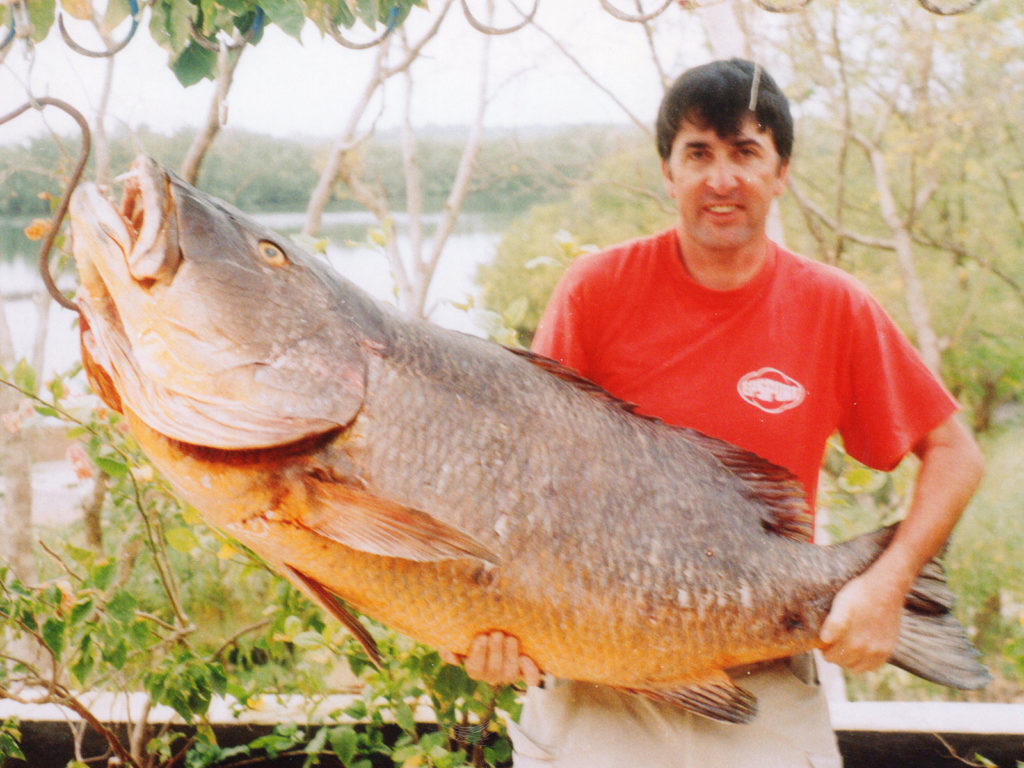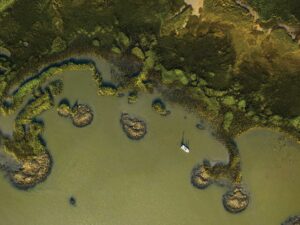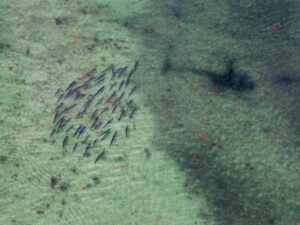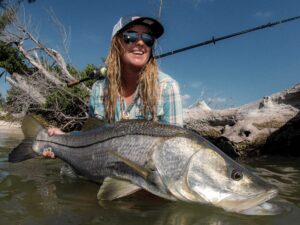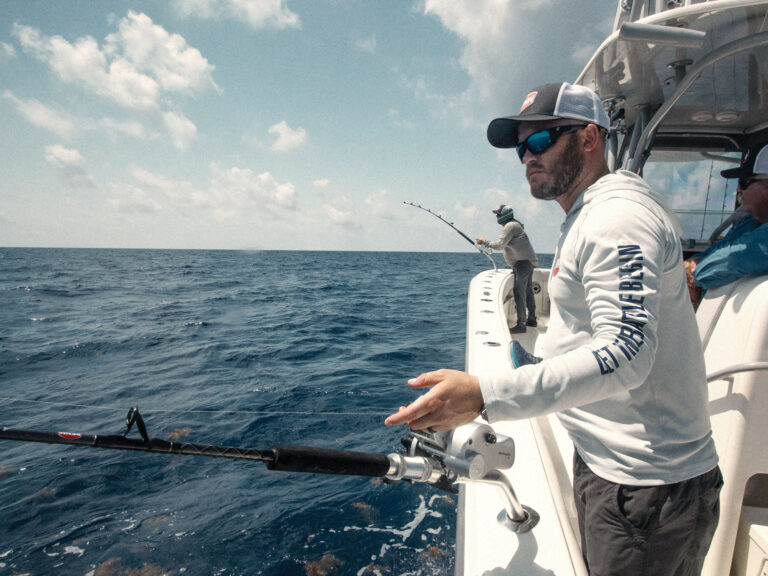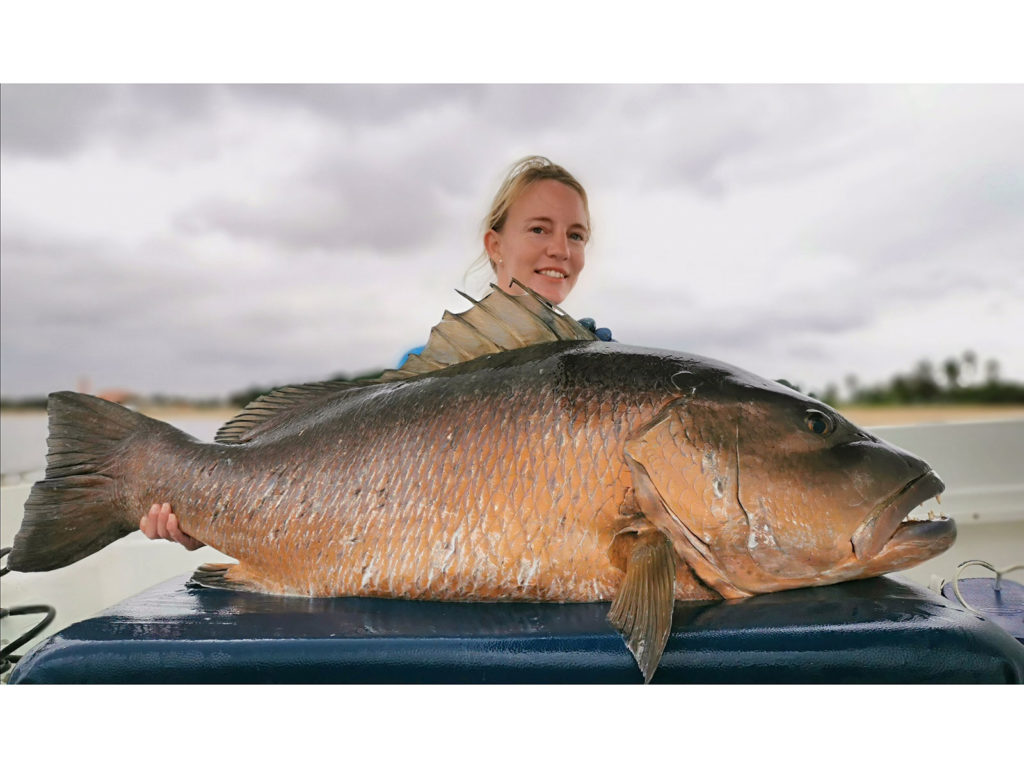
Let’s start with the biggest snappers, as a group. That honor would fall to the three cuberas. (I know what you’re thinking, but that’s not the name of an old vaudeville act.) These are the African cubera (Lutjanus agennes, properly known as the African red snapper), the Atlantic cubera (L. cyanopterus), and the Pacific cubera (L. novemfasciatus) also called Pacific dog snapper. All three species are pretty similar in appearance, but geography makes correct I.D. pretty easy since there’s no overlap in their distribution.
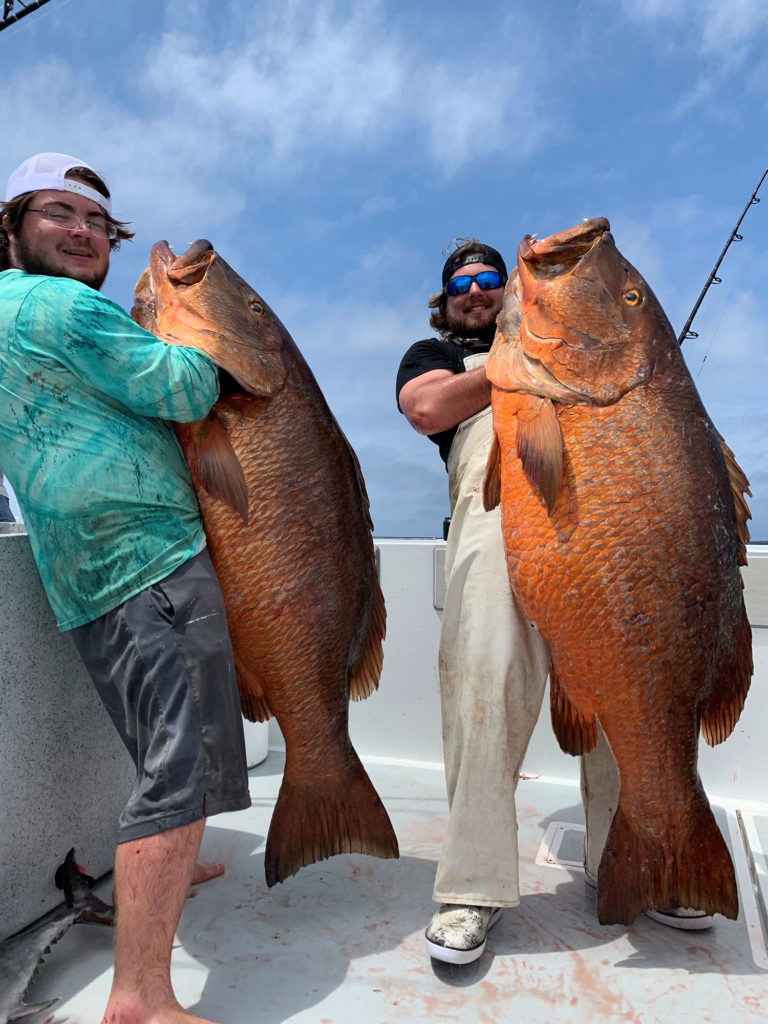
Among the three, the Pacific cubera is the smallest. Of course “small” is relative; the IGFA all-tackle world-record of 78 pounds, 12 ounces (Bahia Pez Vela, Costa Rica in 1988) is no minnow. The Pacific cubera is found in the Eastern Pacific from Baja, Mexico, to waters south of Panama. (It is not found in the middle or Indo Pacific, however.) “Mere” 50- and 60-pounders are hooked and, while often lost to the rugged, rocky coastal terrain they haunt, when these big red fish of that size are brought boatside, they present a memorable spectacle for most anglers.
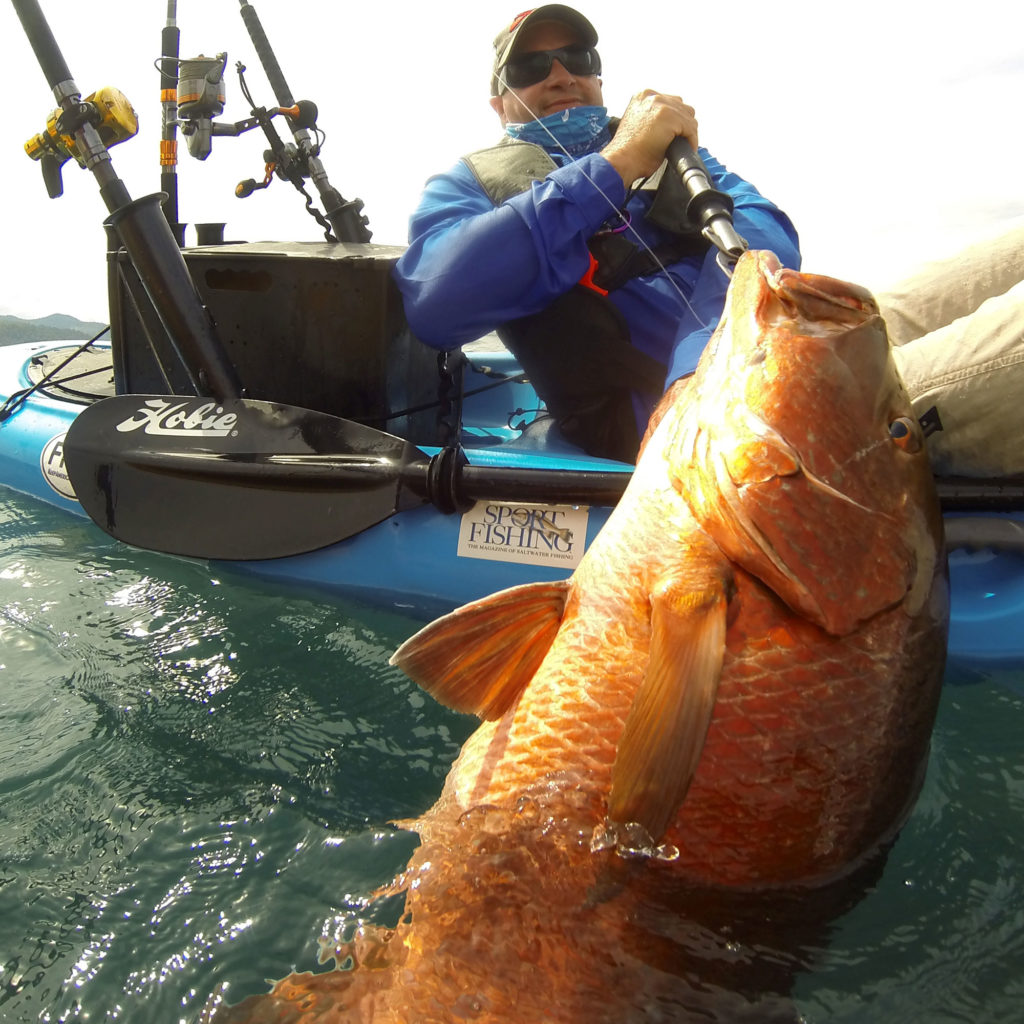
The Atlantic cubera reaches even larger sizes. The IGFA record is a hefty 124 pounds, 12 ounces (Garden Bank, Lousiana, 2007). Found throughout the Western Atlantic’s warm-temperate and tropical waters, cubera exceeding 100 pounds aren’t rare.
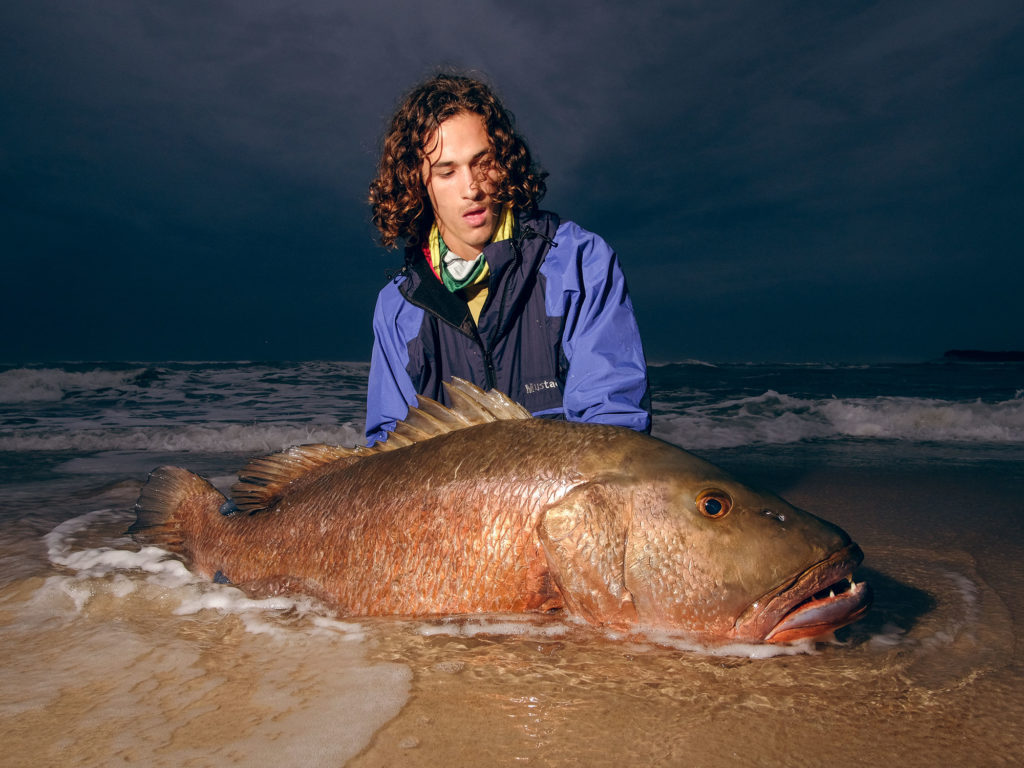
But the award for world’s biggest snapper goes to the African red, if not by much. Still, the IGFA record for the African cubera is 132 pounds, 4 ounces (Keur Saloum, Senegal, 2001). If you want to beat that, you’ll need to focus your efforts on the western coast of Africa between Senegal and Angola; that’s pretty much the extent of their range. Although found around rocky and coral reefs, of course, L. agennes also prowls along sandy beaches and in brackish lagoons. In fact some very large cubera are a regular part of the catch made by surfcasters fishing Gabon beaches and estuaries.
